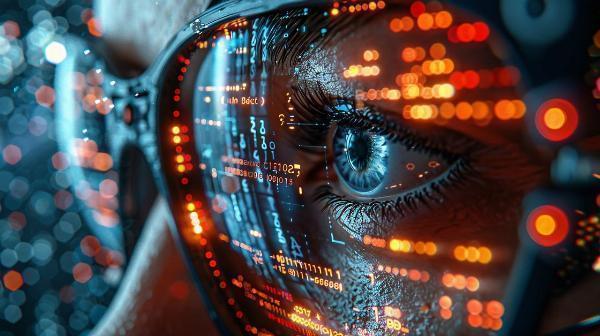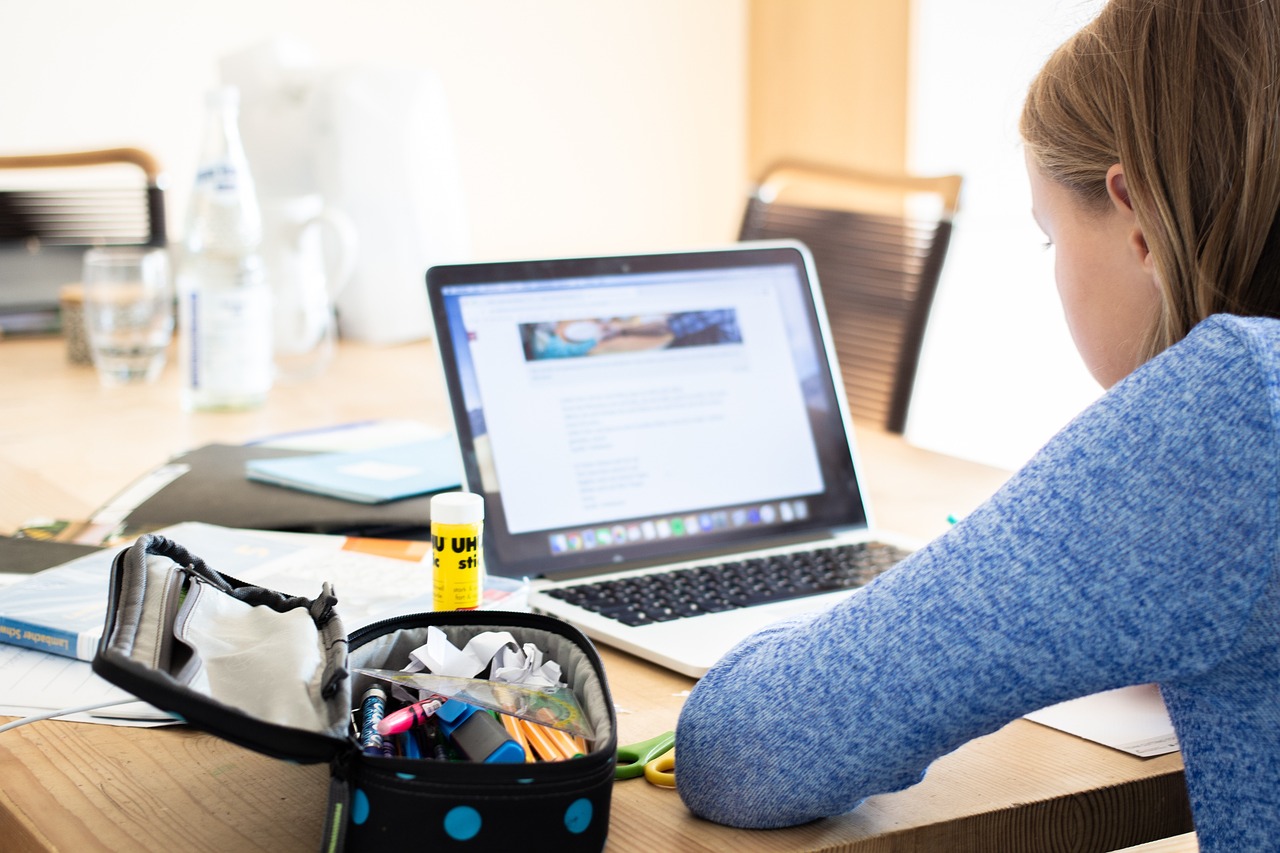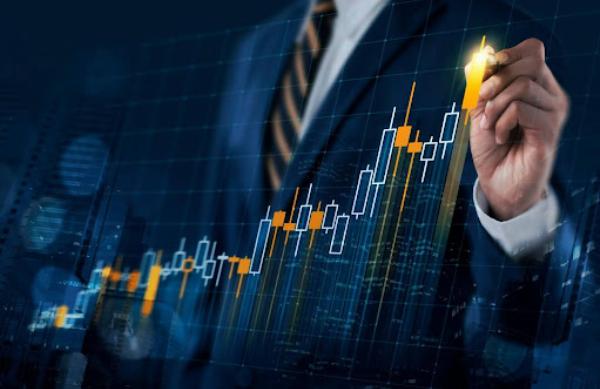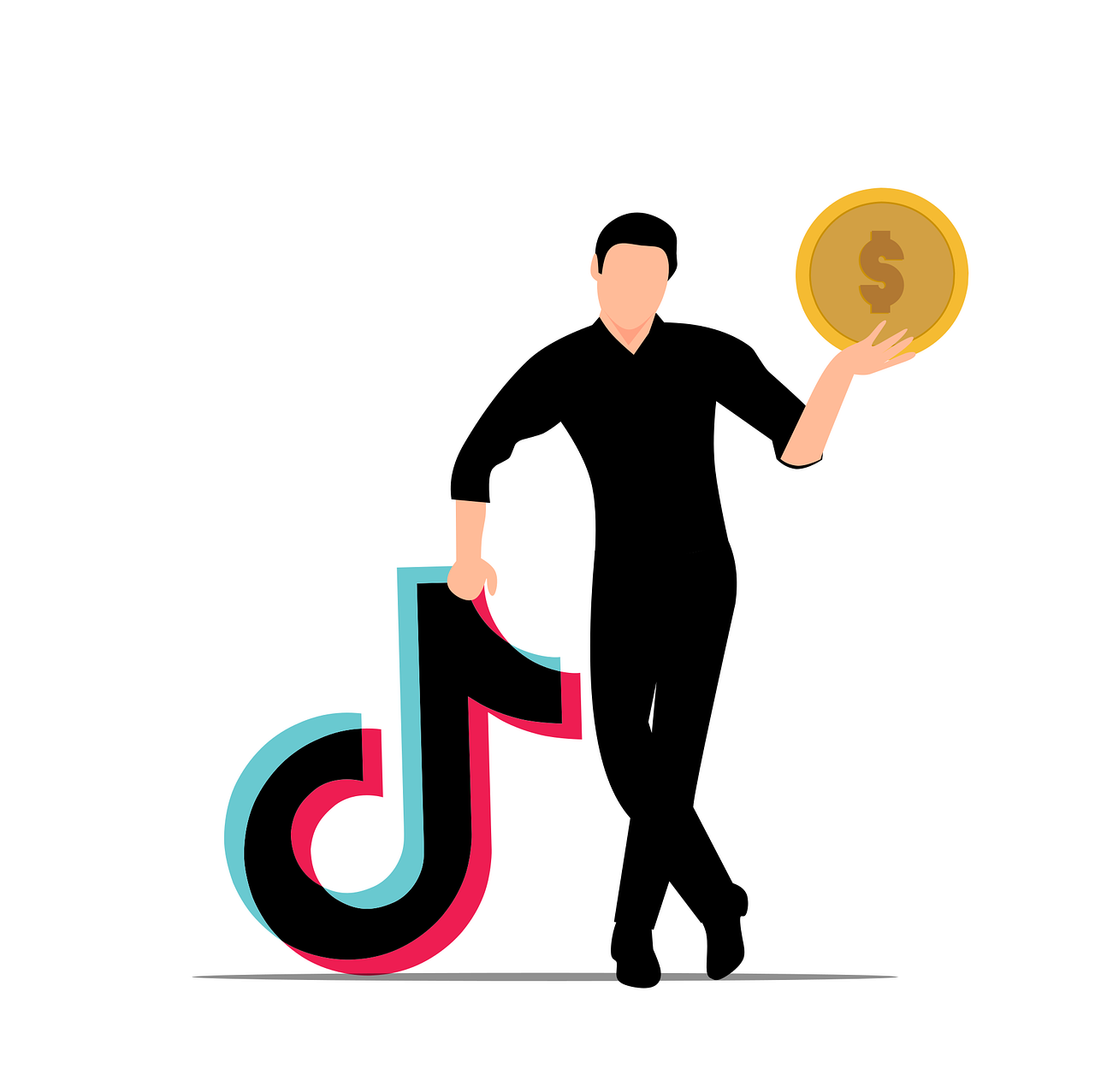How Can Generative AI Be Used in the Field of Art?

Strong 8k brings an ultra-HD IPTV experience to your living room and your pocket.
Hello creative people out there!
Did you know our imagination or creativity doesn’t rely on tools anymore?
Yes, you heard it right?
Now, Art isn’t confined to the human hand or the imagination but is instead born out of prompts, with new generative AI. It’s like handing creativity the keys to a robot and watching it zoom beyond the boundaries of what we once thought possible.
Now, before you picture robots with paintbrushes, let's be clear: AI isn’t taking over the artistic world; it’s collaborating with human artists to stretch the boundaries of creativity. Generative AI opens new doors to boundless possibilities in the field of art. It blends the logical precision of prompts with the wild creativity of human expression, delivering an output.
So, how does this all work? How can AI contribute to the creation of something as subjective and emotional as art? Buckle up, because the answers are as intriguing as the artworks themselves! Let’s jump right into it
What is Generative AI, anyway?
Generative AI is designed to be innovative. It studies a massive pool of data (whether images, music, or text) and then generates something entirely new and unique. Imagine feeding an AI millions of paintings and asking it to create an entirely original piece.
The result? Something that feels familiar yet completely fresh.
The Power of Prompts in Artistic Creation
For decades, artists have used tools like brushes, chisels, and pencils. But today, artists are using mostly prompts. This isn’t just art born of randomness, though. Generative AI follows rules much like human artists who follow artistic principles such as symmetry or proportion. Yet, it often results in something so unpredictable, so fresh, that the ‘wow factor’ is undeniable.
For example, consider a designer exploring pixel art ideas. Rather than hand-drawing each tiny pixel, a generative AI model can automate the creation of pixel art. The artist sets parameters like color palette or design constraints, and the AI generates dozens of iterations. This process saves time and spurs creativity, allowing the artist to push boundaries in ways that weren’t previously possible.
The Role of AI in Art
Despite the buzz, AI isn't trying to replace human artists. We know, it’s a relief for us!
It’s becoming more like a creative partner. By handling repetitive tasks, like generating hundreds of variations of a basic design, AI frees up time for artists to focus on refining their vision. Artists are empowered to explore ideas they might not have had the time to experiment with, letting AI handle the grunt work while they fine-tune the final product.
This helps us in other techniques like the string art generator. This method, which relies on mathematical precision to create intricate designs, can be made faster and more complex with AI's involvement. Traditionally, string art would require careful planning and patience, but AI can generate multiple variations in seconds, each with intricate, breathtaking results that would take a human hours or even days to create manually.
AI in New Artistic Styles
Artists often turn to muses, be it nature, music, or human experiences—for inspiration. AI itself can become the muse. It can suggest entirely new styles or techniques that artists may never have considered.
Consider GANs (Generative Adversarial Networks). This particular type of AI pits two networks against each other: a generator and a discriminator. The generator tries to create art, while the discriminator critiques it, forcing the generator to improve with every iteration. Over time, this tug-of-war results in incredibly sophisticated art pieces, often blending abstract and surrealist elements in ways human imagination might not readily conceive.
Artists like Mario Klingemann, who is known for his pioneering work with AI-generated art, use GANs to explore uncharted territories of creativity. The results are often visually stunning and conceptually complex!
Generative AI’s Impact on Sculpture and Design
AI's reach doesn't stop at digital art. Sculptors and designers are also utilizing generative AI to push the limits of form and structure. Using 3D modeling software enhanced by AI algorithms, artists can create even sculptures. The AI helps calculate the most efficient use of materials, ensuring the sculptures are both sustainable and complex.
Consider the mind-bending installations of artist Refik Anadol, who uses data as the paint and algorithms as the brush to create large-scale installations. His works, like "Melting Memories," combine generative AI and data visualization to create immersive experiences that feel both futuristic and human.
Generative AI in Animation and Motion Graphics
The motion design industry is yet another field being transformed by generative AI. Creating animations typically requires a lot of time and effort. However, AI can now simulate realistic motion patterns or generate animated characters in real-time, making the process more efficient and to be honest, much easier for designers :P
Using a set of guidelines, such as the character’s appearance or the type of motion, the system can generate dozens of animation sequences in minutes. This helps animators to focus on storytelling, timing, and emotion, while AI handles the technical intricacies of motion generation.
AI as a Tool for All
One of the most fascinating aspects of generative AI in art is how it impacts our creativity. With tools like DeepDream, DALL-E, or Artbreeder, anyone with a computer and internet access can generate art in seconds. This opens up the art world to hobbyists, designers, and even people who may never have considered themselves "creative", right?
Platforms that allow users to input parameters and let AI do the rest are already cropping up across the internet. They make it possible to explore different styles, mediums, and concepts without needing to learn traditional artistic techniques.
Where Does AI Art Fit?
Of course, with great power comes great responsibility. As generative AI continues to evolve, so too do the ethical concerns around it. There might be a few questions that arise around it, like, Who owns AI-generated art, in actuality? The machine, the programmer, or the artist who guided it?
As AI art becomes more mainstream, will it devalue the work of human artists, or will it be viewed as a new medium of expression, like photography or digital painting?
While we don’t yet have answers to these questions, one thing is clear: AI-generated art forces us to rethink the very nature of creativity. It pushes the boundaries of what we define as art and challenges traditional notions of authorship and originality.
Final thoughts
Generative AI is changing the face of art as we know it. The possibilities are as vast and varied as the brush strokes of a painter exploring an infinite canvas. It’s finally allowing artists to blend human creativity with new tools, which in turn is opening doors to new forms of expression that we’re only beginning to understand.
As we move further into this futuristic world, one thing is for sure! The fusion of art and AI will continue to wow, inspire, and challenge us, proving that the most powerful creations come from collaboration and not solely AI.
Keep exploring, Keep designing!
Note: IndiBlogHub features both user-submitted and editorial content. We do not verify third-party contributions. Read our Disclaimer and Privacy Policyfor details.







